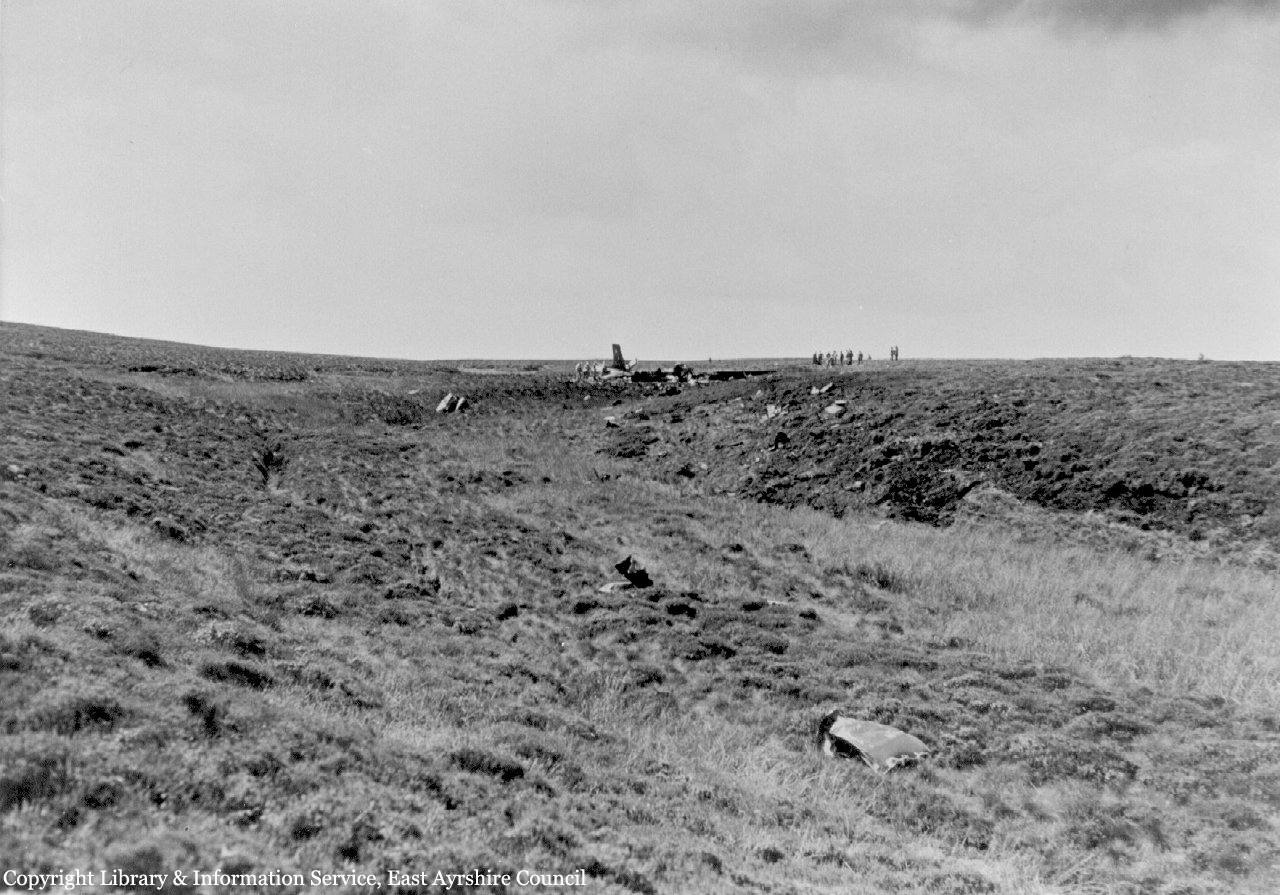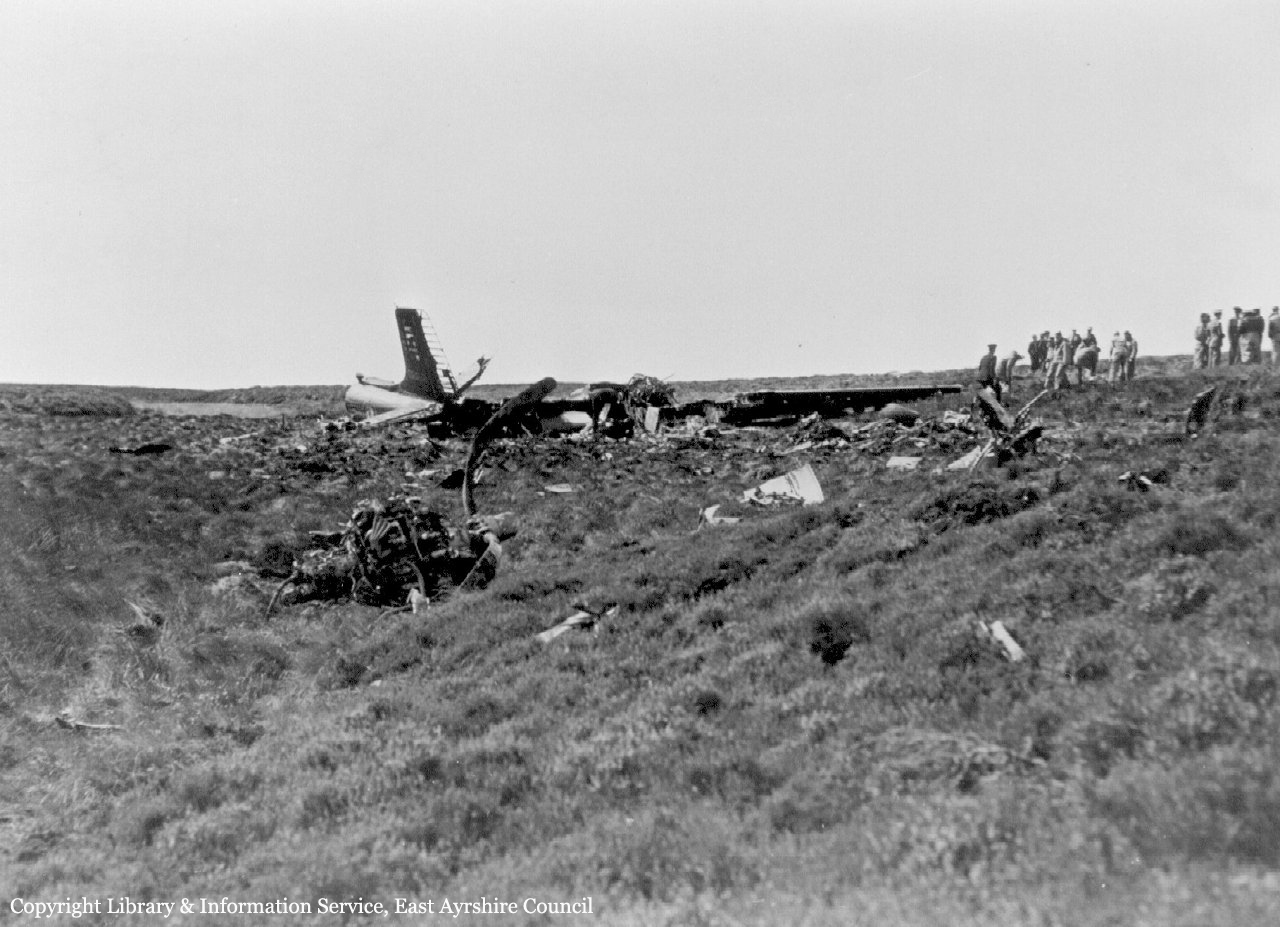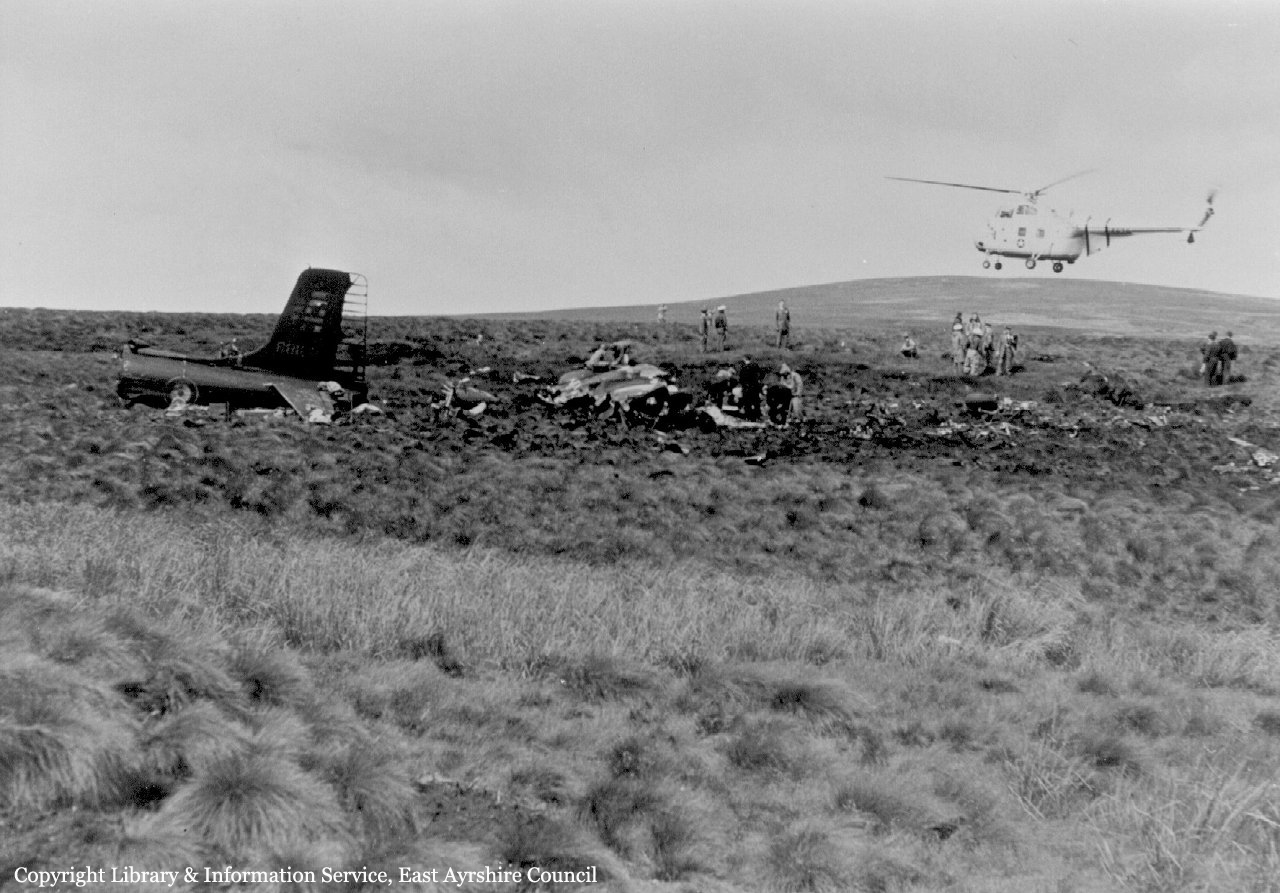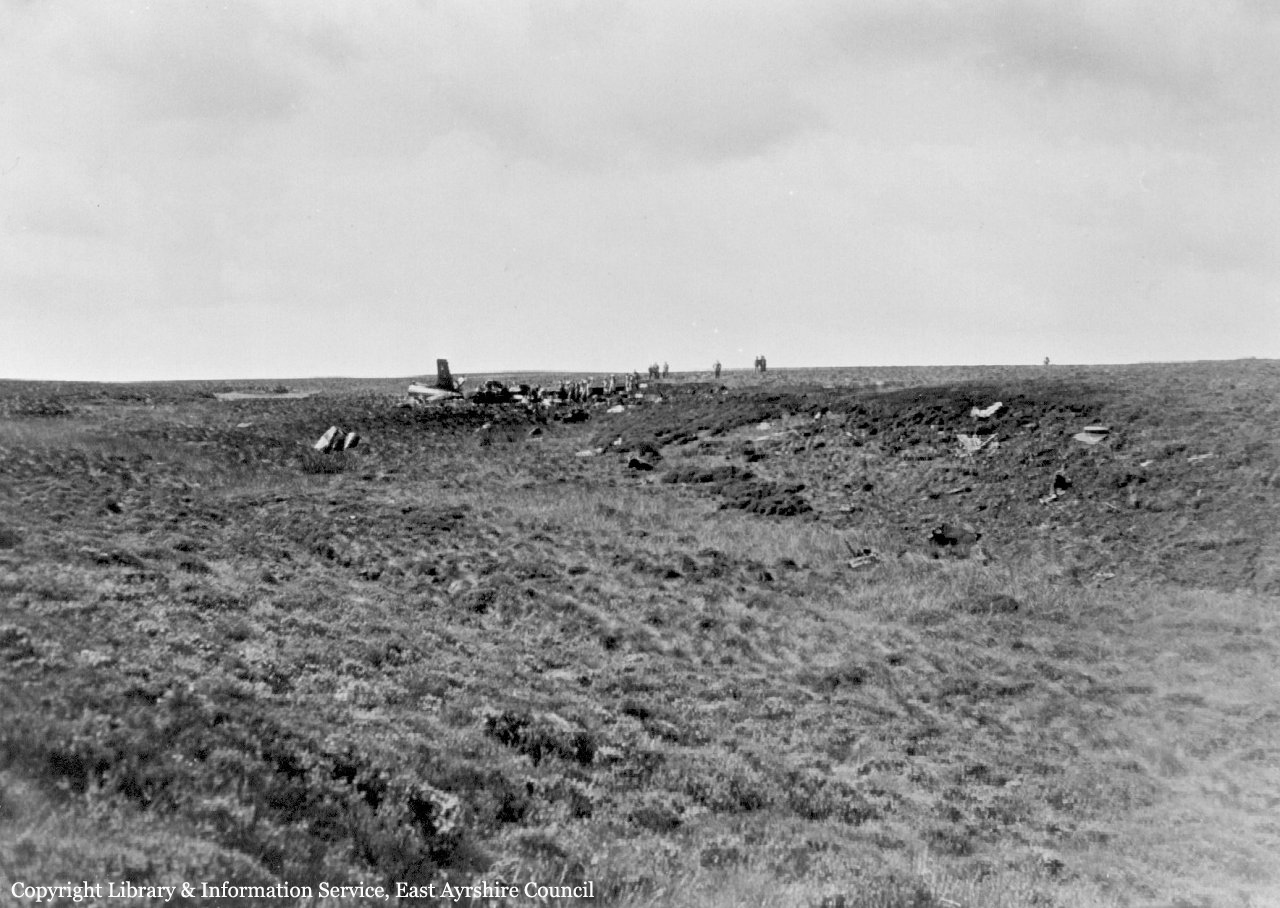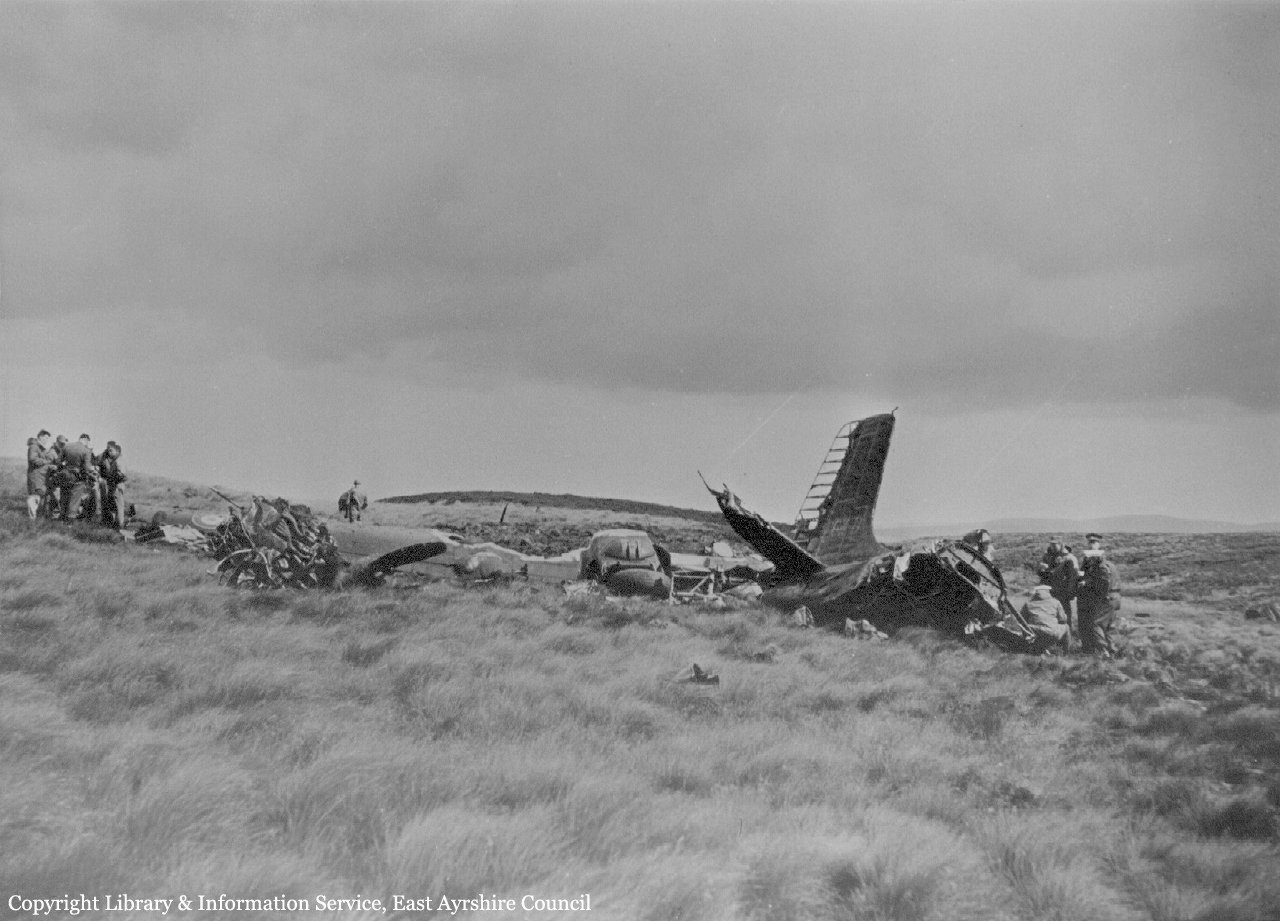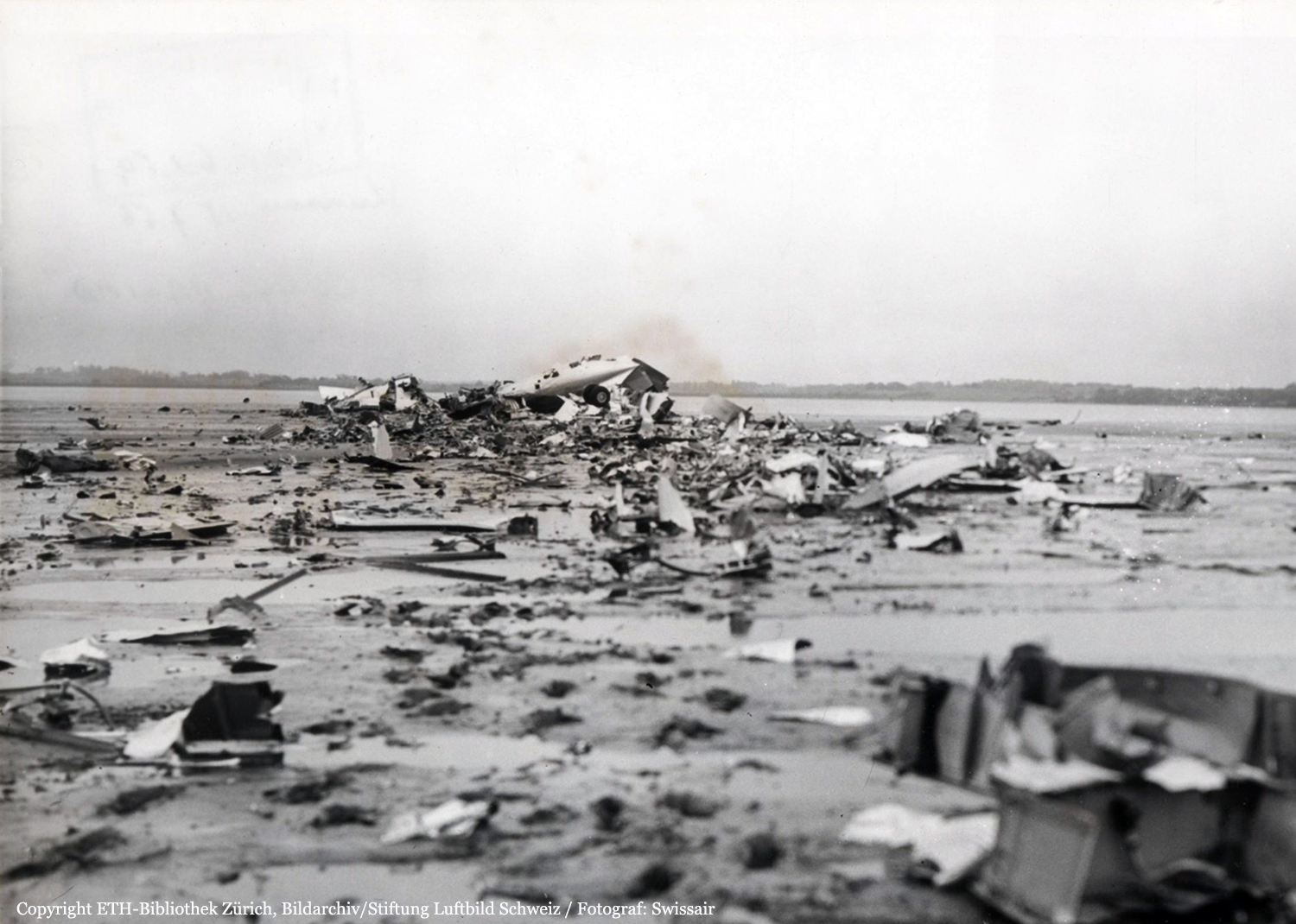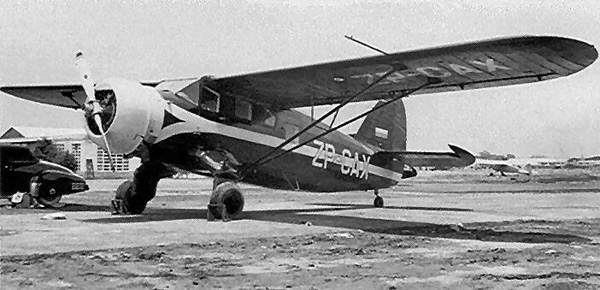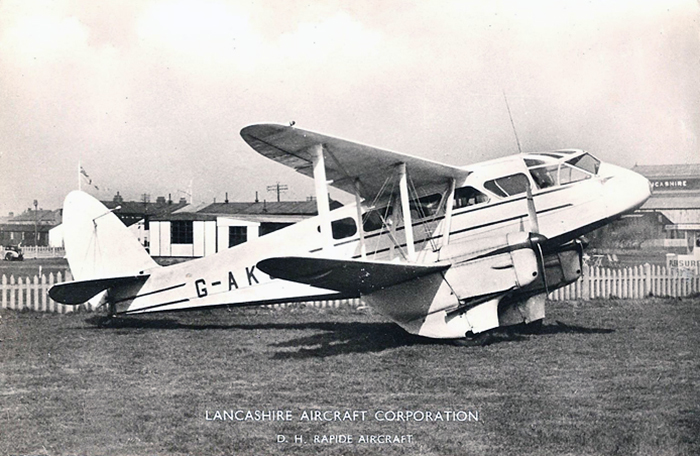Crash of a Douglas B-26B Invader in Sorn: 2 killed
Date & Time:
Aug 13, 1956 at 2225 LT
Registration:
8811-B
Survivors:
No
Schedule:
Keflavik - Prestwick
MSN:
29029
YOM:
1944
Crew on board:
2
Crew fatalities:
Pax on board:
0
Pax fatalities:
Other fatalities:
Total fatalities:
2
Circumstances:
The crew was completing a flight from the US to France to deliver the aircraft to the French Air Force (Armée de l'Air) via Keflavik and Prestwick. During a night approach, the crew encountered low visibility due to poor weather conditions. While flying at an altitude of 800 feet, the aircraft hit the ground, became briefly airborne and crashed in a huge explosion some 20 km east of Prestwick Airport, near the village of Sorn. The wreckage was found five hours later and both crew members have been killed.
Crew:
Edgar Joseph Flanagan, pilot,
Wayne Archer Taylor, navigator.
Crew:
Edgar Joseph Flanagan, pilot,
Wayne Archer Taylor, navigator.


